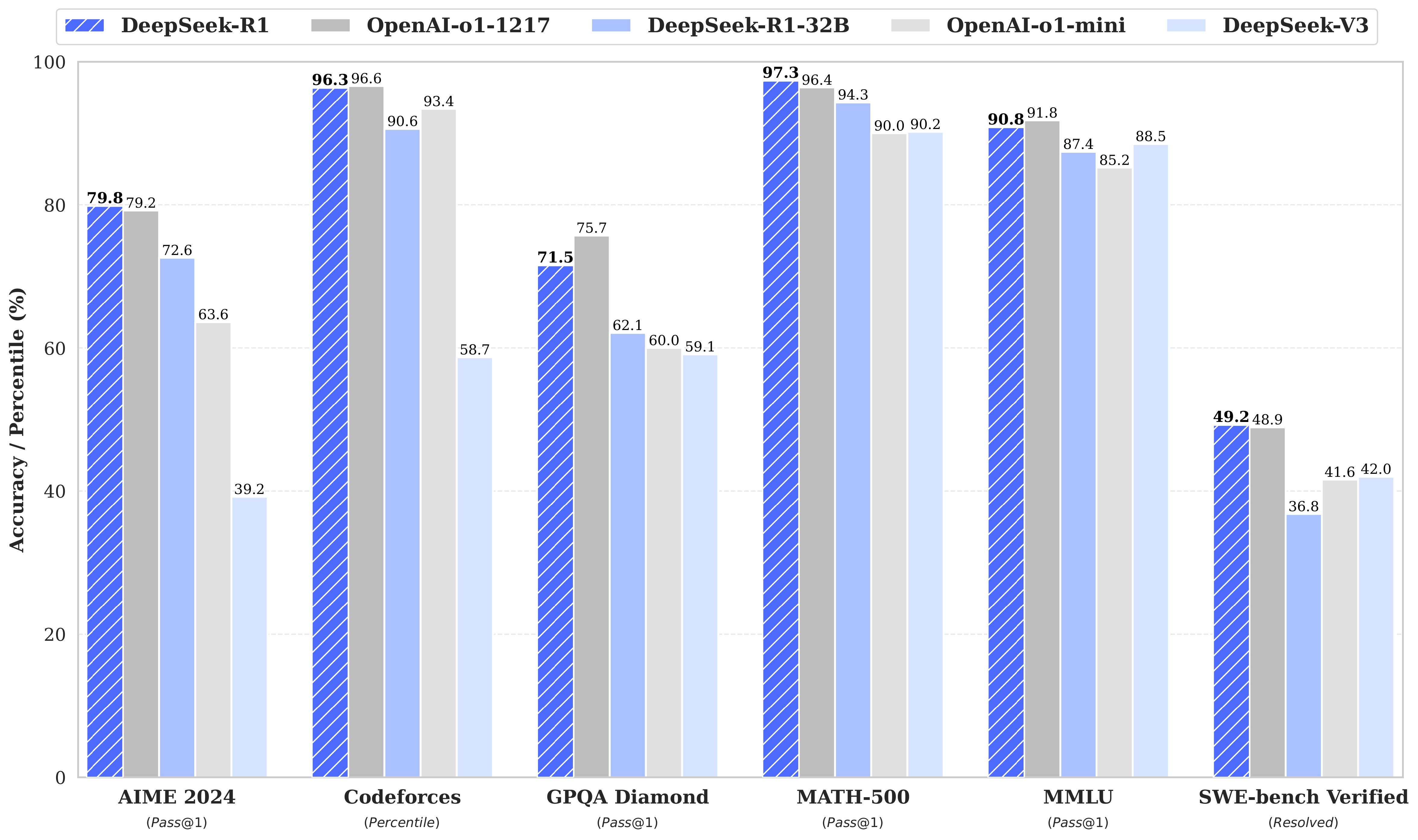- Published on
Jevons Paradox and Never Enough
- Authors

- Name
- Chao Wu
- @chaobuilds
Last month, a Chinese AI model named DeepSeek R1 took the world by storm. It is an open-source reasoning model that rivals OpenAI o1's performance. However, the most shocking part of the release is that DeepSeek claimed it cost less than $6M to train this state-of-the-art model. In contrast, it was rumored that GPT-4’s training cost was $100M when it came out in 2023.

The news sent the NASDAQ into a nosedive for a few days. Many experts started to think chip demand for AI training will drop significantly. Semiconductor stocks like Nvidia took the most hit.
However, will the demand drop though?
I don’t believe it will, and there is a human nature at work here:
Humans are hard-wired to consume.
In fact, Jensen Huang, the CEO of Nvidia, understood this very well. In an old entrepreneurship lecture at Stanford, he said “We believed 3D graphics was insatiable and Moore’s law was our friend. Even if customers told us our products were too expensive, even if they said they didn’t need better graphics, we kept pushing. Because we knew that if we made something twice as good every year, demand would follow.”
This is the bet Nvidia made in their early days, the belief that people would never be satisfied with existing graphics power. If they made better graphics cards, people wouldn’t say, “Great, but the old one is good enough.” Needless to say, that bet paid off.
So when the cost of intelligence — AI training and inference — continues to drop, it will only cause more demand for the intelligence. Economists have a term for this:
It originally referred to coal consumption. In the 1800s, as steam engines became more efficient, people assumed coal consumption would decrease. Instead, it exploded. Efficiency made coal-powered engines more practical, which led to more engines, more factories, more trains — and far more coal usage. The same thing happens everywhere. Make something easier to obtain, and we just consume more of it.
You don’t have to look far from your personal life to realize this tendency. When people’s income rises, most of them don’t save it all and decide they have enough. They upgrade their lifestyles consciously or unconsciously. They buy bigger houses, eat out more often, and go on nicer vacations. Income rises, and spending rises with it too. If you want to see some numbers, the U.S. Bureau of Labor Statistics publishes consumer expenditure reports monthly and annually.
This pattern is so ingrained in human behavior that systems thinkers often argue the best way to manage resource consumption isn’t by making things more efficient, but by setting hard limits. It’s easier to control consumption (like capping the number of chips or setting energy caps) than to expect humans to willingly reduce it.
Coming back to AI: more efficient training techniques, like DeepSeek R1, won’t reduce chip demand. They will unlock new possibilities. More startups and companies will start adopting cheap AI in their businesses. Existing players will build even bigger models. Entirely new applications will emerge, powered by this newfound efficiency. And all of that will require more chips, not fewer.
The lesson here is never to bet against human’s desire for consumption. This innate nature is the main reason the human race has been prospering since the Stone Age. Without a hard policy in place, there won’t be a natural stop to how we gather, create, and consume.